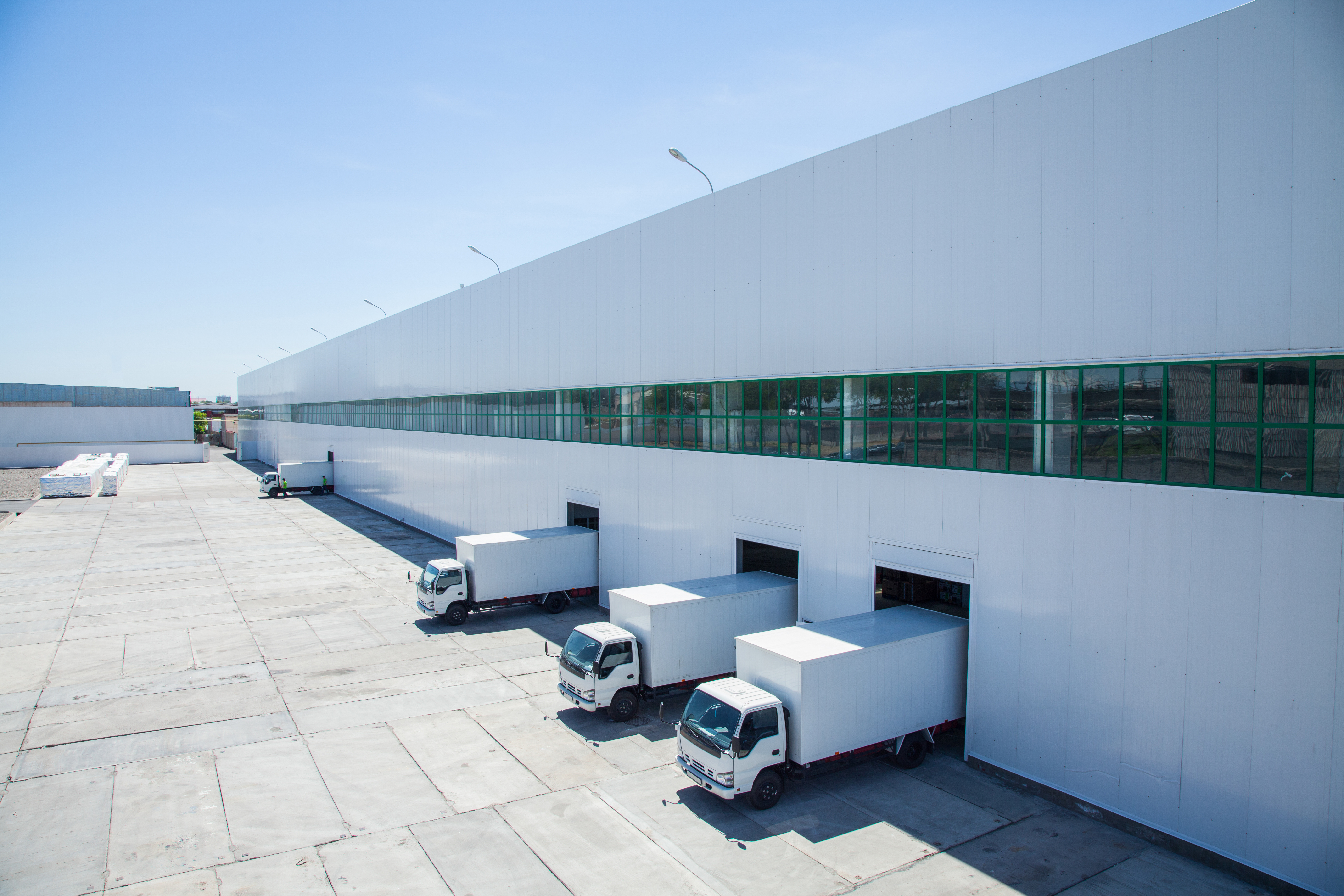
Record speculative construction completions have pushed vacancy rates into the double digits in emerging and smaller secondary markets like Charleston, Austin, Indianapolis, and Greenville-Spartanburg. Rates are lower than the 6.1% national average in established markets like Chicago, Greater Los Angeles, the San Francisco Bay Area, and Detroit. The report noted that the total industrial space under construction is forecast to drop below 300 million square feet by the end of 2024 after climbing as high as 711 million square feet in late 2022.
In a conversation with Craig Hurvitz, Director of National Industrial Research at Colliers, we discussed the key points from the report and their indications about the state of the industrial real estate market. Read the insights below to learn more:
Development Activity
The industrial construction pipeline has continued to fall off, the Colliers report finds, decreasing to 385 million square feet – 44% below one year ago. This decrease in industrial development is due to a combination of factors including higher interest rates, vacancy rate concerns, and elevated construction costs, Hurvitz says. The good news is that construction activity has fallen off quickly, which will allow time for much of the modern space being delivered to be absorbed in the coming quarters as a forecast uptick in demand during the second half of the year results in tenants taking occupancy of these new construction projects. Vacancy rates in most markets are expected to plateau and begin to fall again by the end of 2024 or in early 2025, which will eventually usher in the next development cycle.
As Hurvitz says, “While speculative construction activity has dropped off, there has been a resurgence in advanced manufacturing development, particularly for semiconductors or EV batteries in response to 2022’s CHIPS Act. These 44 projects, each with an investment of at least $1 billion, will result in about 115,000 new jobs, and are scattered throughout the country but are most concentrated in the South.” EV batteries are not the only form of technology increasing as energy-efficiency continues to be a hot topic. energy-efficient data centers, for instance, are expected to reach a market value of almost $182 billion by 2026 according to Research and Markets.
Vacancy and Rental Rates
Vacancy increased in 61 of the 77 markets tracked by Colliers between January and March, with the South region being the highest at 7.4%. “Consumer demand has been shifting away from goods and services due to inflation outpacing wage growth,” Hurvitz says, as reduced consumer spending may be one factor contributing to the industrial market reevaluating next steps.
Industrial lease rates have been increasing at an unprecedented pace as well, up 55% nationwide since 2020. Colliers found that warehouse rents reached a new record high of $9.97 per square foot during the first quarter, a year-over-year increase of 13%.
While rents continued to climb nationwide, they have started to contract in some markets where rent growth got a bit out of hand, Hurvitz says. In the Greater Los Angeles market, for example, average rental rates were down 11% year-over-year. Seattle, Reno-Sparks, and San Diego have also witnessed rents fall off a bit. Year-over-year rents increased in most other markets, although at a pace more consistent with historical averages instead of the 20% year-over-year increases recorded during 2022 and 2023. Overall, lease rates regardless of region are the highest they have ever been.
Supply and Demand
The Colliers Industrial Market Outlook outlined that industrial demand dropped for the sixth quarter in a row. As observed in JLL’s report, for example, persistent inflation may be an indicator for this dampening consumer sentiment. For example, Keisha Virtue, Senior Retail Research Analyst, JLL says that “Consumer sentiment has fallen 10% in May 2024,” which may be because of construction costs which have been muted over the past year due to escalating financial costs, as well as high land, labor and material costs.
Hurvitz agrees: “Demand during the pandemic reached levels we had never witnessed before and exceeded 100 million square feet for nine consecutive quarters between late-2020 and the end of 2022.” Net absorption, as reported by Colliers, totaled only 28 million square feet during the first quarter, the lowest quarterly total in over a decade. However, “the decrease in speculative construction activity and an uptick in tenant demand forecast for the remainder of the year will result in demand and supply approaching equilibrium by the end of the year or in early 2025”, according to Hurvitz, at which point the market will find balance and begin its next growth cycle.